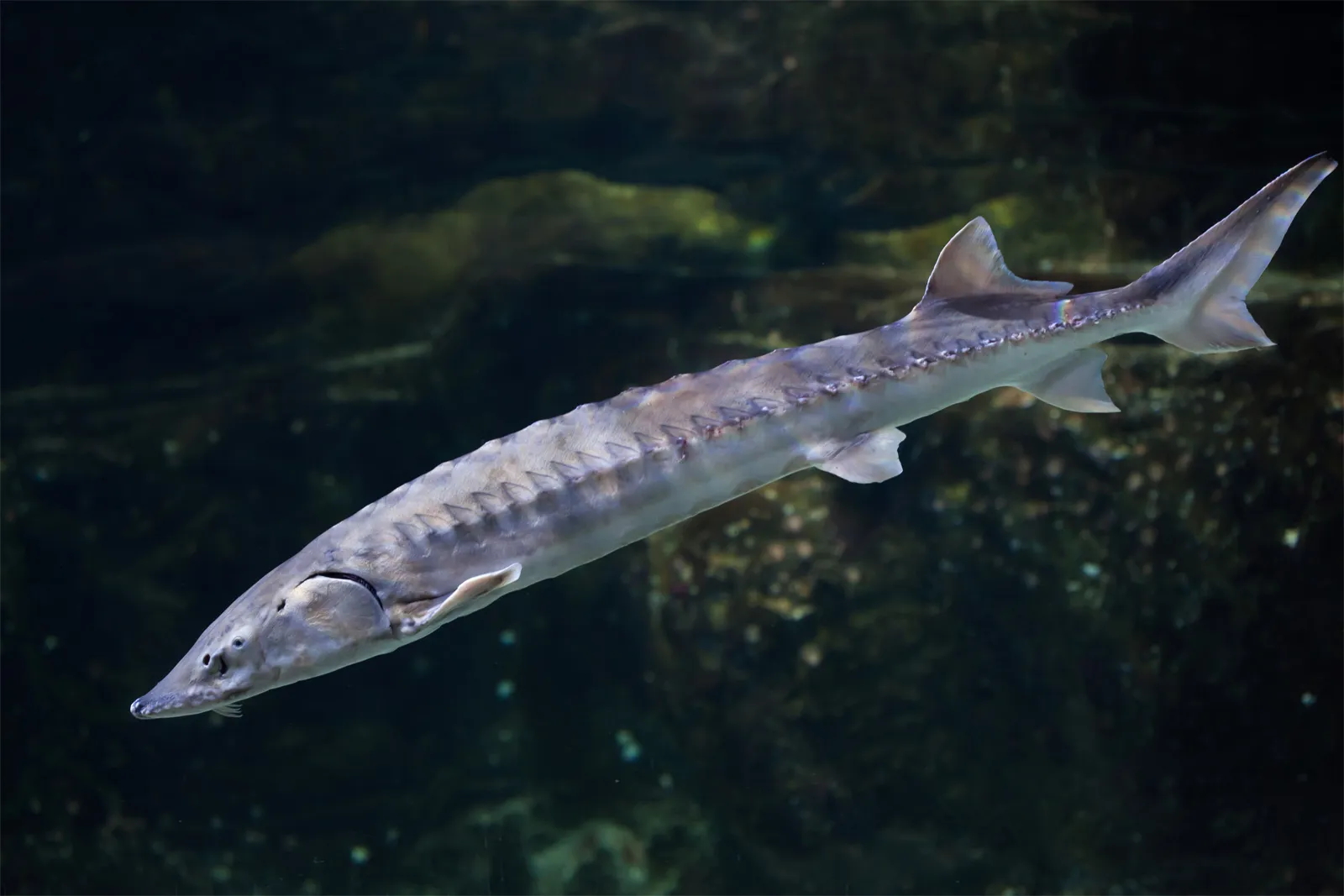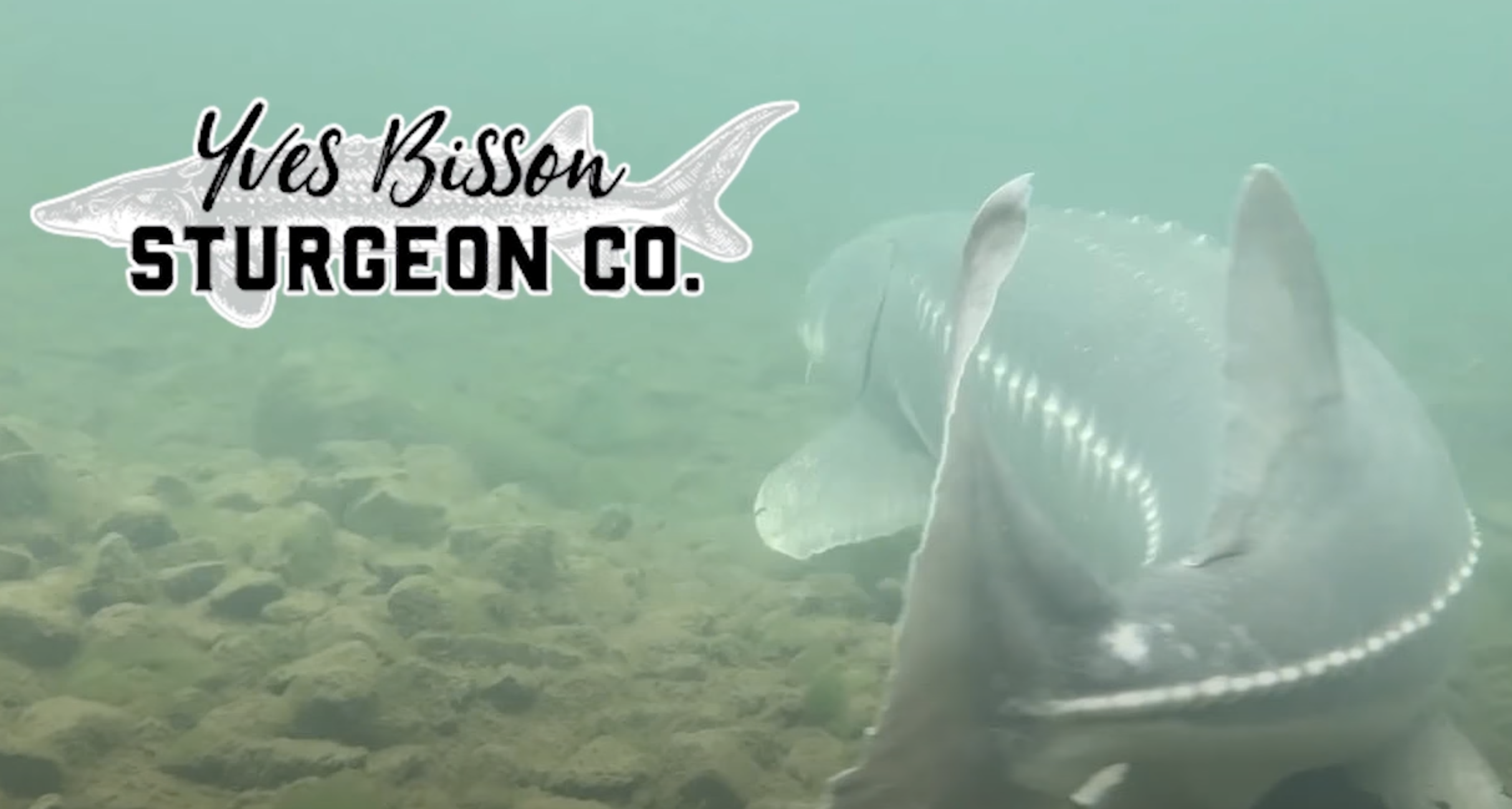Idaho Exhibit
Rainbow Trout
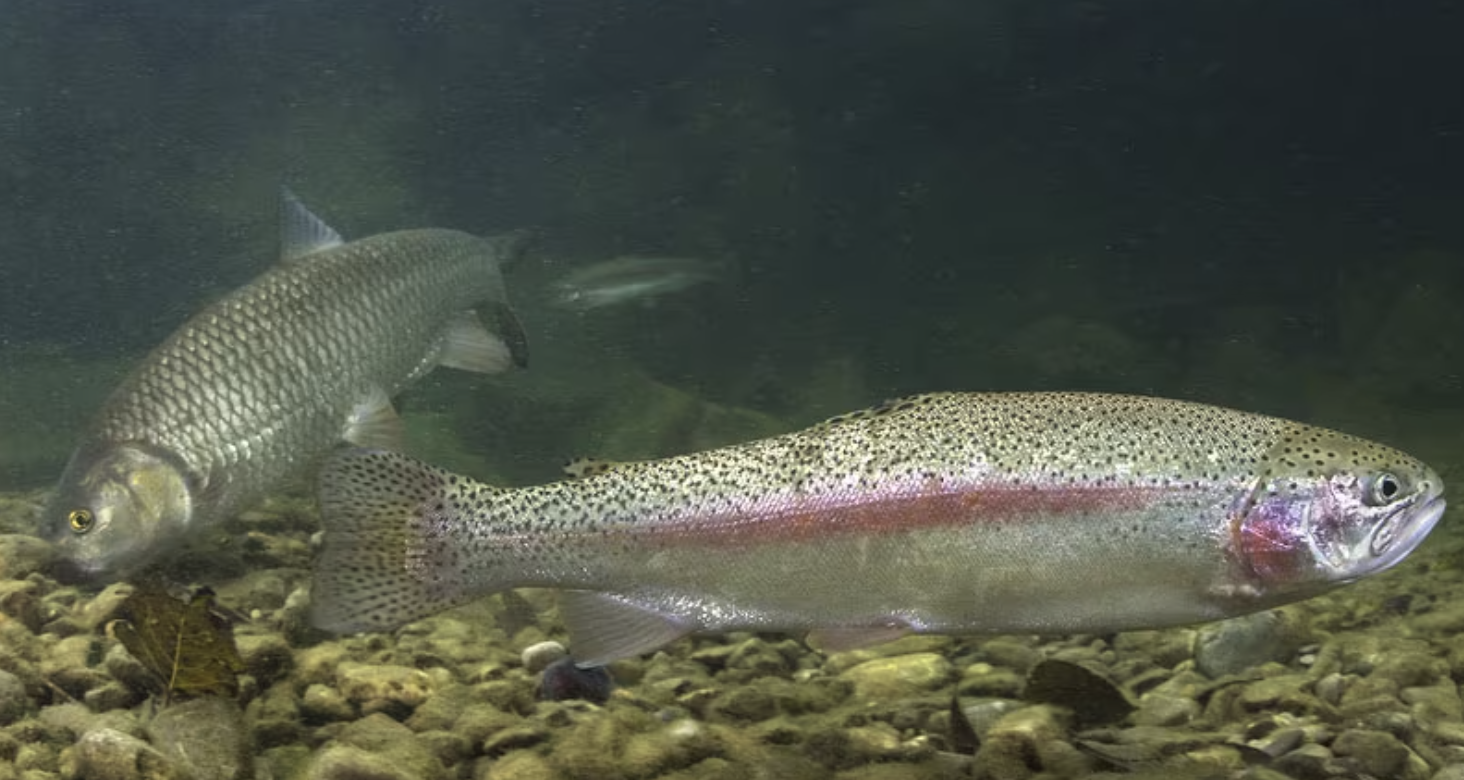
Diet: Carnivore including insects and even eel
Weight: Average about 8 pounds
Size: Average about 20-30 inches
Life Span: Up to 11 years
Rainbow Trout and Steelheads are the same fish but the Steelheads are much larger and have become anadromous. Anadromous means that they are born in freshwater but grow up in the ocean and come back to fresh water in order to spawn. Rainbow Trout are the official state fish of Washington.
Rainbow Trout are resident to cool, clear freshwater streams and lakes that range from 50-60 degrees F.
Adult Rainbow Trout are distinguishable by the reddish stripe along the lateral line from the gills to the tail. The Rainbow Trout are included in the list of the top 100 globally invasive species because of their introductions across the world for food or sport.
The Idaho state record for the largest rainbow trout caught is 31.25 inches. However, they could grow as long as 4 feet and weigh up to 53 pounds!
Along with the normal Rainbow Trout we also have two morphs. One is the Blue Rainbow Trout which is a rare and beautiful genetic mutation. Only 300 out of every 4 million eggs will be the Blue Rainbow Trout. The second is the Palomino Trout. This is formed from cross breeding a Rainbow Trout with the West Virginia Golden Trout.
Sturgeon
Range: Eurasia and North America
Diet: Carnivore including fish, snails, and crustaceans
Weight: More than 4000 pounds
Size: Up to 18 feet
Life Span: 50-60 years
Sturgeons are considered living fossils since they have undergone little morphological changes since 100-94 million years ago. Sturgeon are in the category of bony fishes, though there skeleton is composed mostly of cartilage. They also have many bony plates called scutes instead of scales. Sturgeon also have four barbels, a whisker in front of the mouth that they are able to use by dragging them along the bottom of the stream to taste for food before the food is even in the mouth.
Almost all species are highly threatened or vulnerable to extinction due to the combination of habitat destruction, overfishing, and pollution.
Female Sturgeons can release 100,000 to 3 million eggs at a time. They do not spawn until they are around 15-20 years old.
Utah Sucker
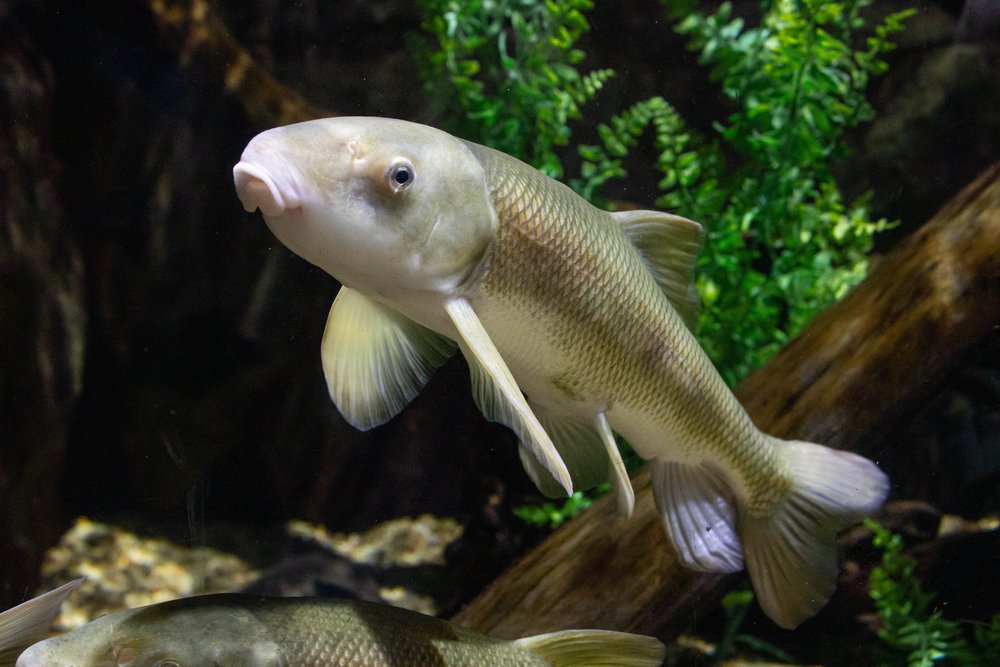
Range: Upper Snake River and Lake Bonneville areas
Diet: Omnivore
Size: Up to 25 inches
Life Span: About 10 years
The mouth of the Utah Sucker is completely under the snout with thick lips. The upper lip has eight rows of coarse papillae.
Channel Catfish
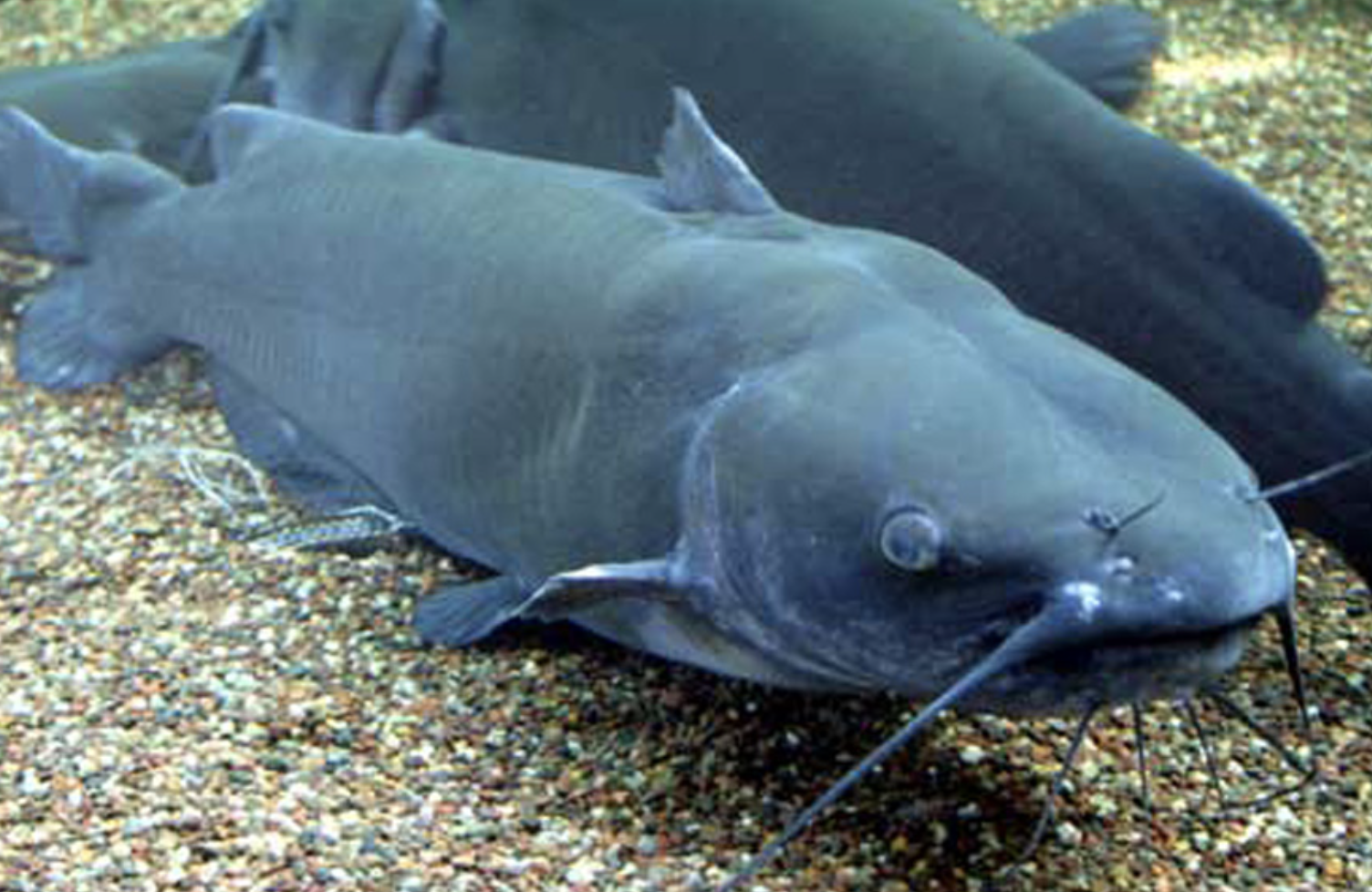
Range: Lower Canada and Eastern and Northern United States
Diet: Omnivore
Weight: Averages about 2-4 pounds
Size: Averages about 12-24 inches
Life Span: Up to 15 years
The Channel Catfish is the official fish of Kansas, Missouri, Iowa, Nebraska, and Tennessee.
These catfish have a very keen sense of smell and taste because of the high concentration of receptors in the nose and taste buds that cover the surface of its body. The taste buds are especially concentrated on the four pairs of barbels, whiskers, surrounding the mouth. Channel Catfish have a nickname the “swimming tongue” because of their taste bud characteristic. This combination of senses of taste and smell allows the catfish to find food in the dark or muddy water with ease.
Yellow Perch
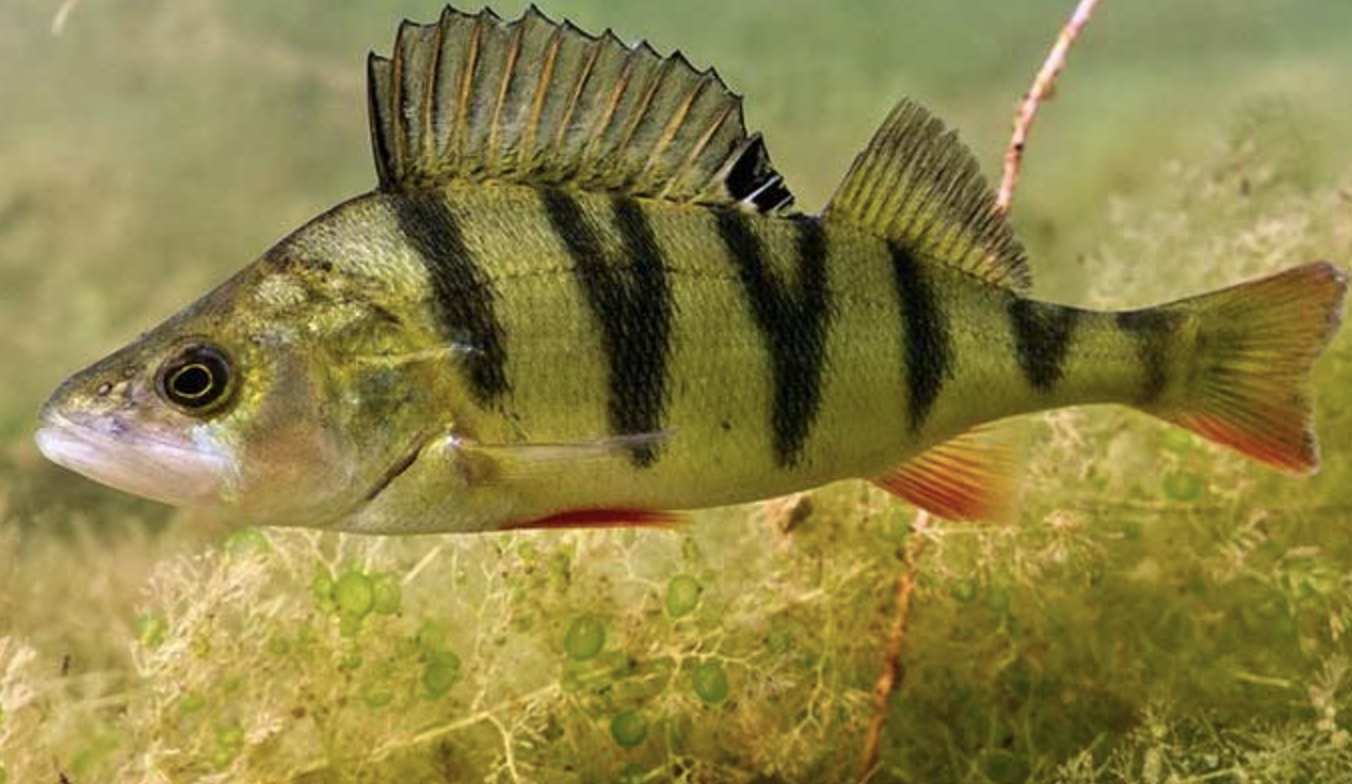
Range: North America
Diet: Carnivore including fish eggs, crayfish, and juvenile fish
Weight: 2 pounds
Size: 15 inches
Life Span: 9-10 years
Yellow Perch is a desirable sport fish and one of the easiest fish to catch and can be taken in all seasons. They make up around 85% of the sport fish caught in Lake Michigan.
Yellow Perch are also an extremely important food source for a various of birds including Double-Crested Cormorants, eagles, gulls, and hawks. They are a schooling fish but they need vision to keep their schools together and so they will break up at dusk and reform at dawn. These schools can contain anywhere from 50-200 fish. Yellow Perches are relatively poor swimmers with the fastest being only 12 mph in schools while individuals swim less than half that speed.
Koi
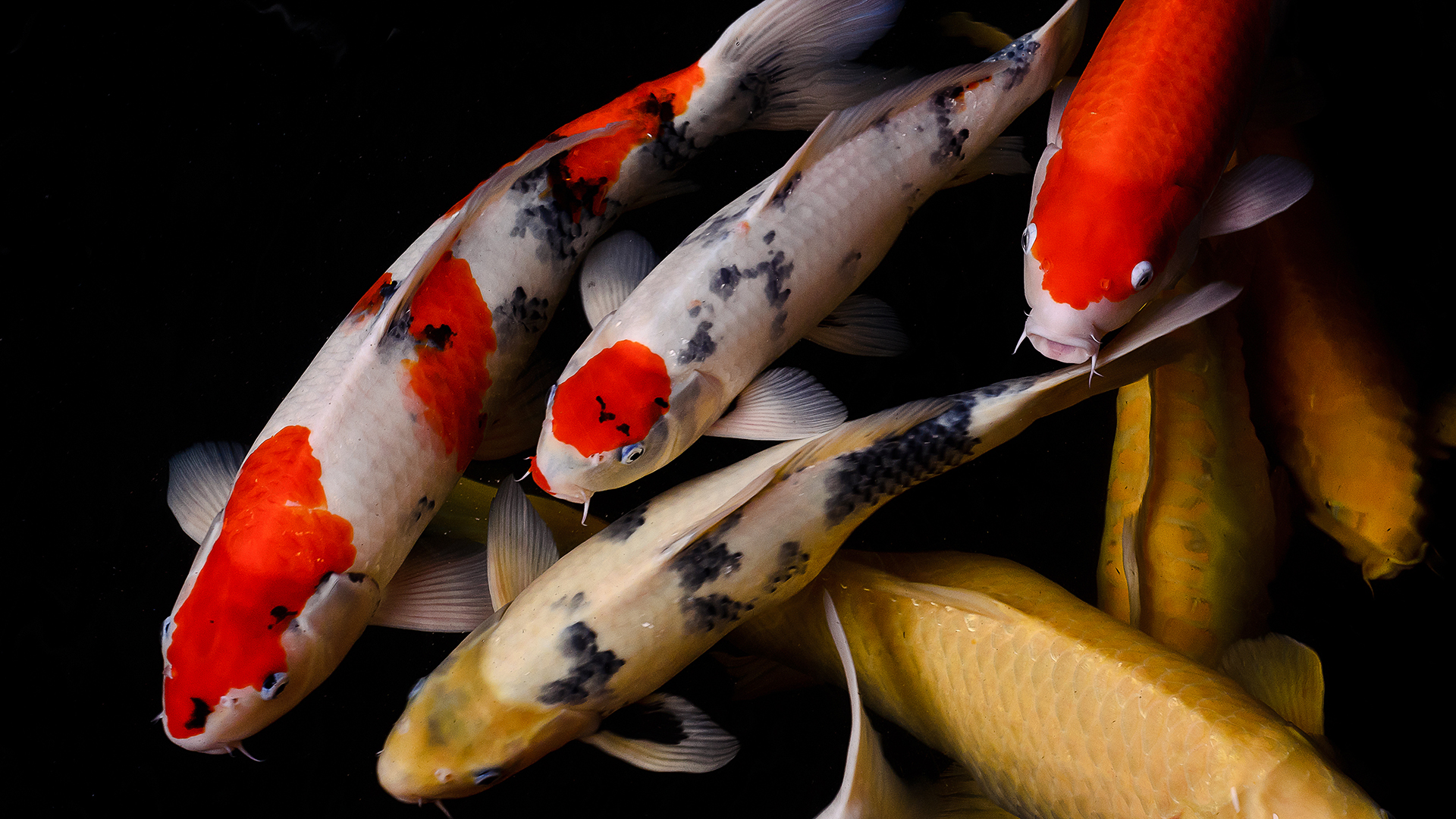
Range: Central Europe and Asia
Diet: Omnivore
Size: 12-15 inches
Life Span: 50 years though they have achieved ages of 100-200 years old
Koi are colored varieties of the Amur carp that are kept for decorative purposes. They are subspecies of the common carp. The world didn’t know about the colored variations of the Japanese koi until 1914 when they were on display at an annual exposition in Tokyo even though they were bred in Japan in the first half of the 19th century.
In Japanese, “koi” means affection or love and so koi are symbols of love and friendship in Japan.
In 2018, one carp was bought by a Chinese collector for about $2 million, the highest price ever.
Goldfish
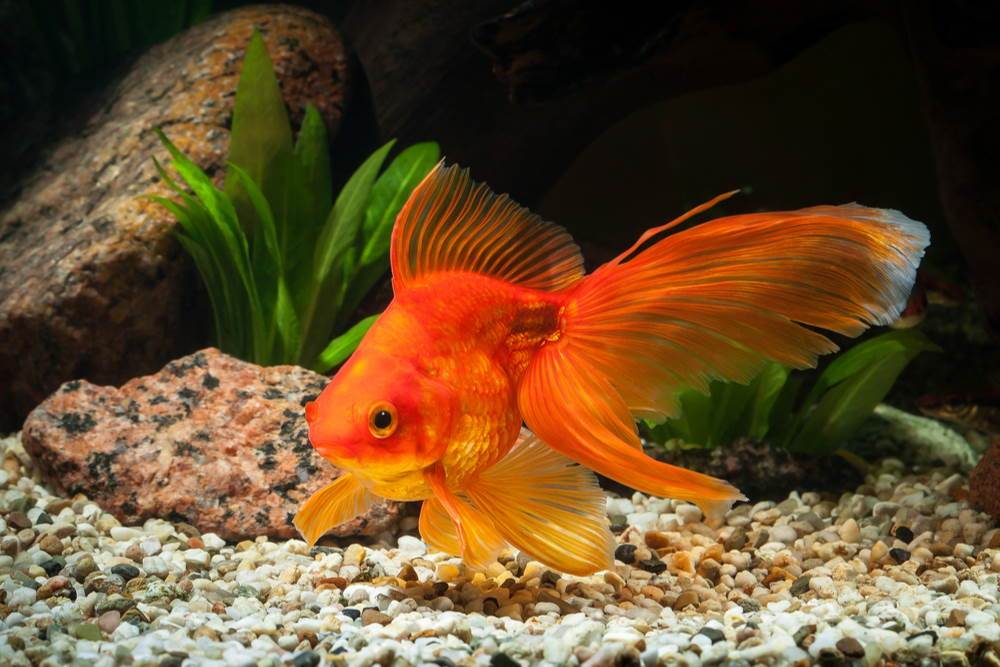
Range: East Asia
Diet: Omnivore
Weight: 8 ounces
Size: 6-8 inches
Life Span: 10-15 years
Carp were first bred for color mutations in China more than a thousand years ago that eventually led to the development of Goldfish. They are normally kept as an indoor pet and have become invasive pests because of them being released.
In the 1620s, goldfish symbolized good luck and fortune and it became a tradition for married men to give their wives a goldfish on their first anniversary as a symbol for prosperous years to come. However, as the goldfish became more available, the tradition quickly died. Goldfish were introduced into North America around 1850.
Goldfish may even learn to recognize their owners and soon associate them with food. Therefore they will hang out by the glass and “beg” for food when the fish see them. Goldfish also have a memory span of three months and can be trained to recognize and react to light signals of different colors or to perform tricks.
Western Painted Turtles
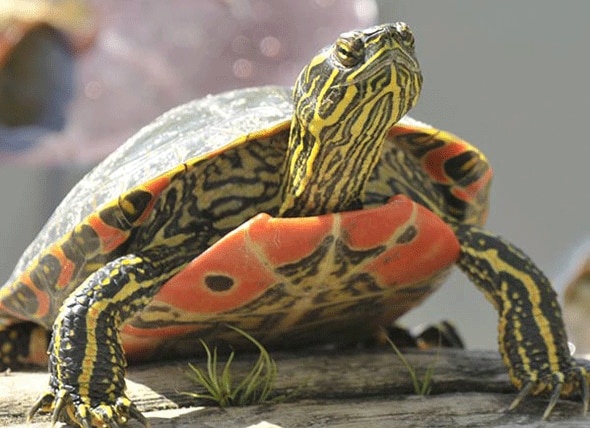
Range: North America
Diet: Omnivore including insects, crustaceans, and fish
Size: 4-10 inches
Life Span: 55 years old
There are four different subspecies of painted turtle, each of which is geographically based and all of which are native to North America. These are: the Eastern Painted turtle, the Midland Painted turtle, the Western Painted turtle, and the Southern Painted turtle. Fossils show that the painted turtle existed 15 million years ago. Four regionally based subspecies (the eastern, midland, southern, and western) evolved during the last ice age.
Reliant on warmth from its surroundings, the painted turtle is active only during the day when it basks for hours on logs or rocks. During winter, the turtle hibernates, usually in the mud at the bottom of water bodies.
Painted turtles defend themselves by kicking, scratching, biting, or urinating.[40] In contrast to land tortoises, painted turtles can right themselves if they are flipped upside down
Painted turtles don’t have teeth. But they can still eat. Painted turtles have horny plates, like rough sandpaper, on their jaws that help them grip food.
